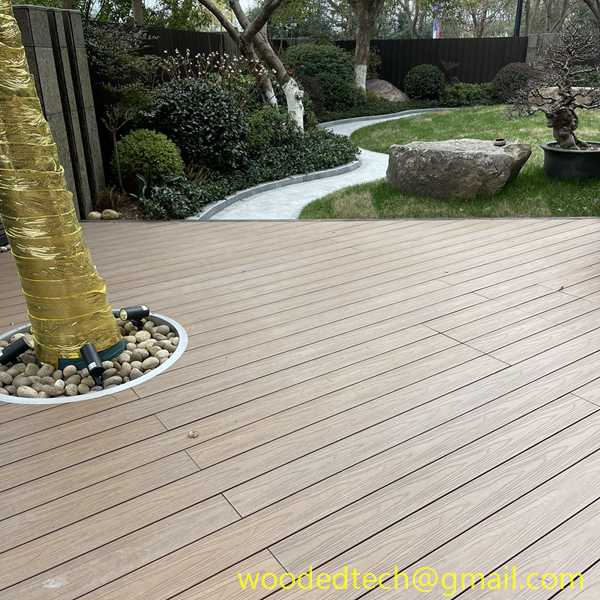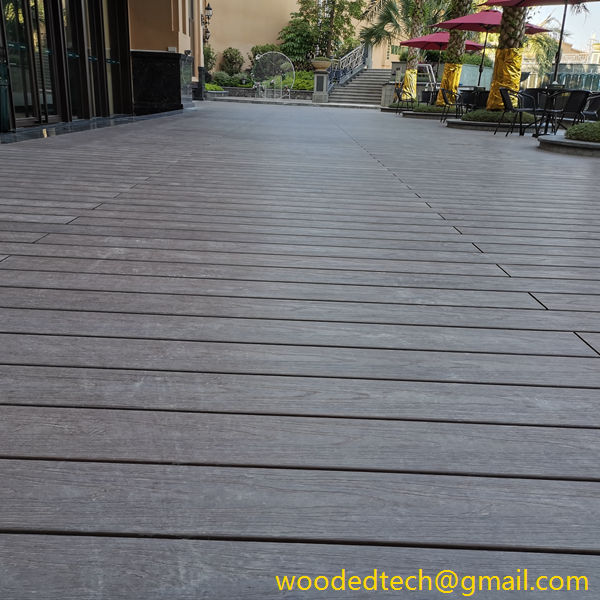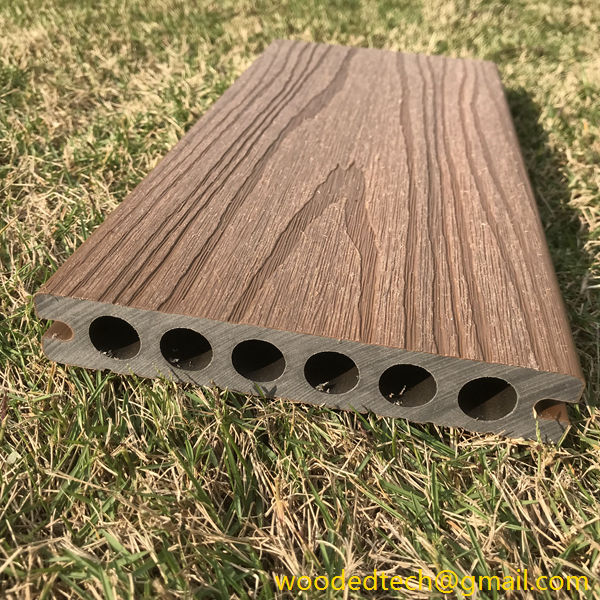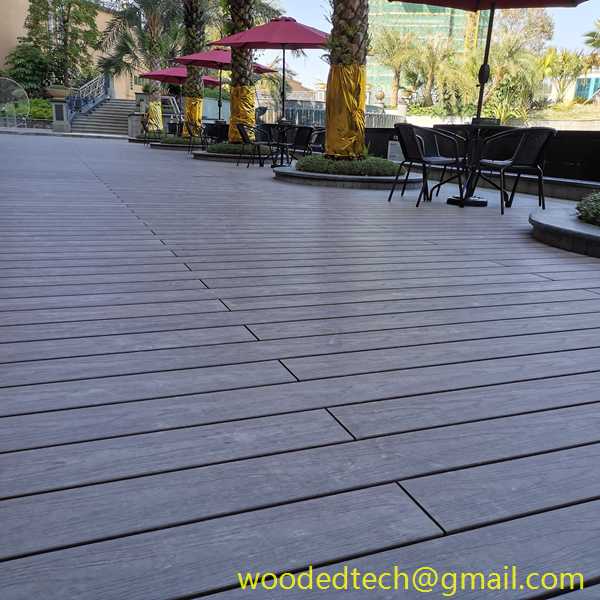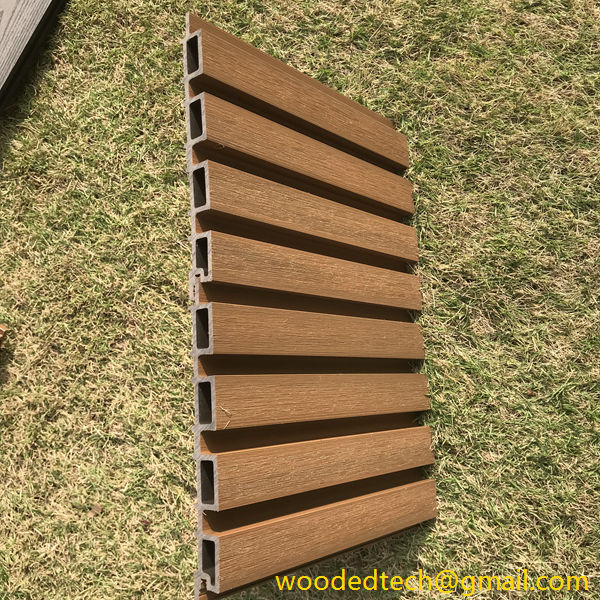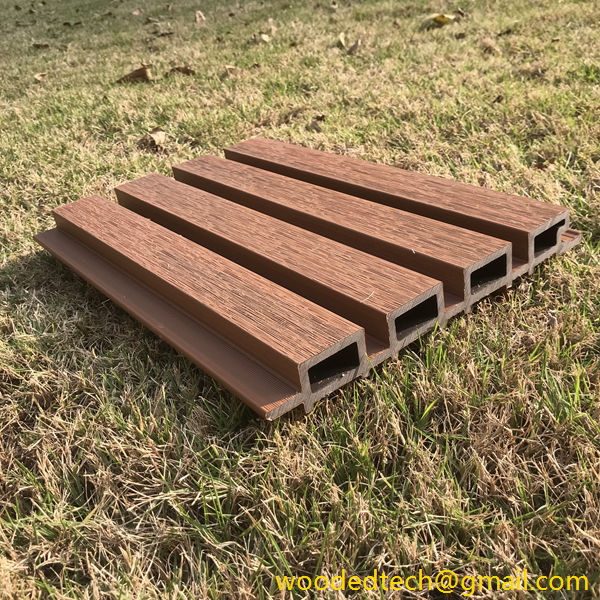Disadvantages of composite decking
Disclosure of the disadvantages of outdoor composite decking: a comprehensive analysis of its disadvantages and impacts
Introduction: As an emerging environmentally friendly building material, outdoor composite decking has been widely used in recent years. However, everything has its two sides, and composite decking is no exception. This article will elaborate on the disadvantages of outdoor composite decking so that consumers can fully understand its characteristics and make wise choices when purchasing.
1. Introduction to outdoor composite decking
Outdoor composite decking is a new type of composite material made by mixing and pressing wood powder and plastic. It has the characteristics of waterproof, moisture-proof, anti-aging, wear-resistant, and environmentally friendly, and is widely used in outdoor platforms, plank roads, courtyards, parks and other places. However, behind the many advantages, outdoor composite decking also has disadvantages that cannot be ignored.

2. Disadvantages and impacts of outdoor composite decking
1. Uneven quality
Due to the large number of manufacturers of outdoor composite decking, the production process and quality control standards are different, resulting in uneven quality of composite decking on the market. Some low-quality composite decking is prone to deformation, cracking, fading and other problems during use, seriously affecting the appearance and service life.
2. Greater brittleness

Compared with solid wood flooring, composite decking is more brittle. When subjected to impact or heavy pressure, it is easy to crack or even break. This brings safety hazards to the use of outdoor composite decking, especially in places with large traffic.
3. Poor high temperature resistance
Outdoor composite decking is prone to deformation and expansion in high temperature environments. In direct sunlight or high temperature weather, the deformation of composite decking will be aggravated, affecting its normal use.
4. Poor wear resistance
Compared with solid wood flooring, composite decking has poor wear resistance. In outdoor environments, the floor surface is easily affected by scratches, wear and tear, which reduces the aesthetics of the floor.
5. Insufficient corrosion resistance
Outdoor composite decking is susceptible to corrosion in humid environments. Especially in areas such as the seaside and swimming pools, the corrosion rate of composite decking will accelerate, affecting its service life.
6. High price
Compared with traditional floor materials such as solid wood floors and tiles, the price of outdoor composite decking is higher. This increases the cost pressure on consumers when choosing floor materials.
7. High installation process requirements

The installation process of outdoor composite decking has high requirements and requires a professional construction team to carry out the construction. If the installation process is improper, it is easy to cause deformation, cracking and other problems during the use of the floor.
3. How to avoid the disadvantages of outdoor composite decking
1. Choose high-quality composite decking produced by regular manufacturers to ensure that the product meets national standards.
2. When purchasing composite decking, pay attention to the product’s performance indicators such as wear resistance, corrosion resistance, and high temperature resistance.
3. During the installation process, follow the correct construction process to ensure that the floor is installed firmly.
4. Clean and maintain composite decking regularly to extend its service life.
Summary: As an emerging environmentally friendly building material, outdoor composite decking has many advantages, but it also has disadvantages that cannot be ignored. When purchasing, consumers should fully understand its characteristics, weigh the pros and cons, and make a wise choice. At the same time, through reasonable use and maintenance, the advantages of outdoor composite decking can be maximized to bring a wonderful experience to our lives.

